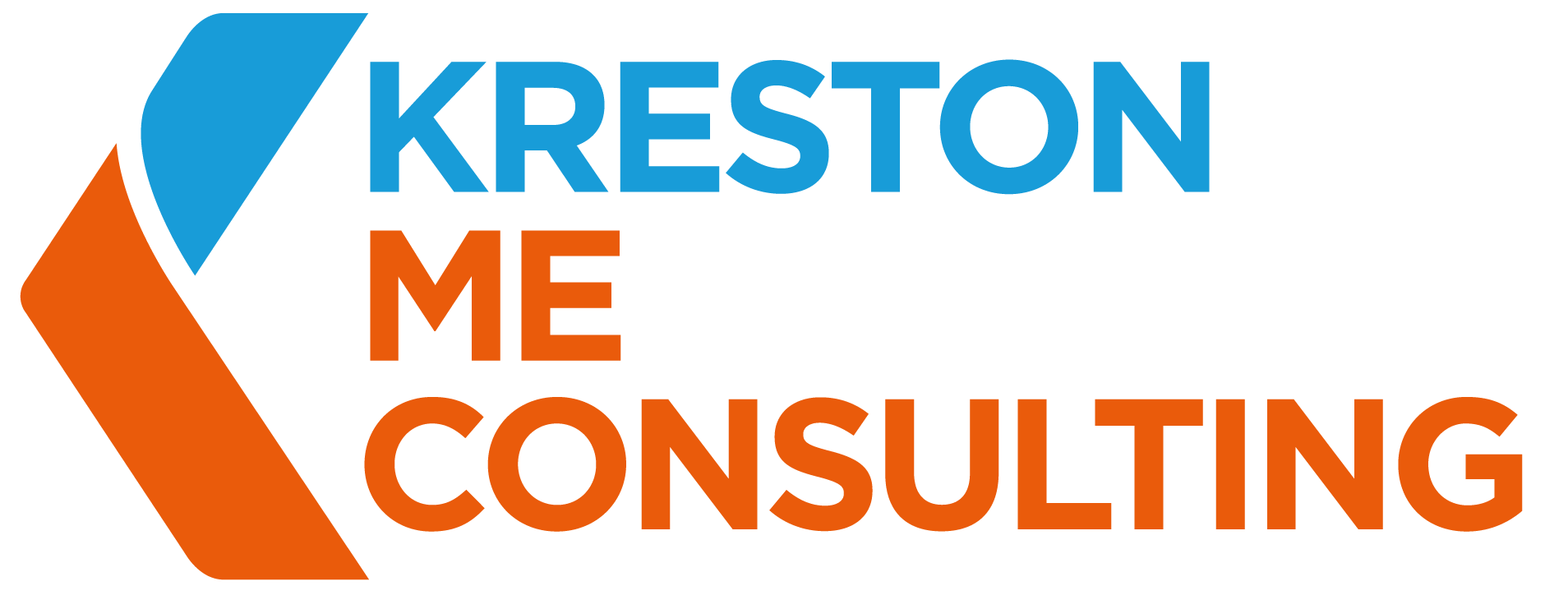Gap Analysis
Unlock Financial Potential: Tailored Gap Analysis Solutions
The process of conducting a gap analysis typically involves:
Establishing Goals
Identifying Current State
Comparing Current and Desired States
Analyzing Causes
Formulating Strategies
Implementing and Monitoring
Get Free Consultation
Benefits
Strategic Planning and Decision-Making – Gap analysis provides valuable insights for strategic planning and decision-making. It helps organizations identify priorities, allocate resources effectively, and focus on areas that require immediate attention. By understanding the gaps between the current state and desired goals, organizations can develop targeted strategies to achieve its objectives.
Performance Improvement – Gap analysis highlights areas where performance falls short of desired goals. By identifying these gaps, organizations can implement targeted interventions and improvement initiatives. This leads to enhanced operational efficiency, increased productivity, and improved overall performance.
Resource Optimization – Gap analysis helps organizations optimize its resource allocation. By identifying areas of inefficiency or underutilization, organizations can reallocate resources to areas that require attention and improvement. This ensures that resources are utilized effectively to bridge the identified gaps.
Risk Management – Gap analysis plays a crucial role in risk management. By identifying gaps and discrepancies, organizations can uncover potential risks and vulnerabilities. This enables them to develop strategies to mitigate risks, enhance compliance, and ensure the organization operates within acceptable risk tolerance levels.
F.A.Q.
What is GAP Analysis?
Why is GAP Analysis important?
GAP Analysis is important because it helps organizations understand their current performance levels and identify areas where improvement is needed. It enables strategic decision-making, sets performance targets, and guides the implementation of changes to bridge the identified gaps.
How often should gap analysis be conducted?
Who should be involved in the gap analysis process?
What are the steps involved in conducting gap analysis?
• Establishing goals and desired state
• Assessing the current state
• Identifying gaps and discrepancies
• Analyzing root causes
• Formulating strategies and action plans
• Implementing and monitoring the strategies
How can organizations ensure successful implementation of strategies identified through gap analysis?
• Establishing clear communication channels
• Allocating necessary resources
• Defining clear responsibilities and accountability
• Providing training and support to employees
• Monitoring progress and making necessary adjustments
Can gap analysis be applied to both large and small organizations?
Are there any limitations or challenges in conducting gap analysis?
• Availability and reliability of data for analysis
• Subjectivity in defining the desired state and setting goals
• Identifying and addressing root causes effectively
• Resistance to change or lack of resources for implementation
• External factors beyond the organization’s control impacting the desired state
